My father, Richard H. Hobbs, joined the Washington, D.C. National Guard as a military policeman in 1938, when he was 21. When the 29th Infantry Division (the same National Guard Division in Virginia today) was federalized in February 1941, he was sent to Fort Meade and trained to drive a 2.5 ton GMC truck. In the fall of 1942 the 29th sailed on the Queen Mary to England.
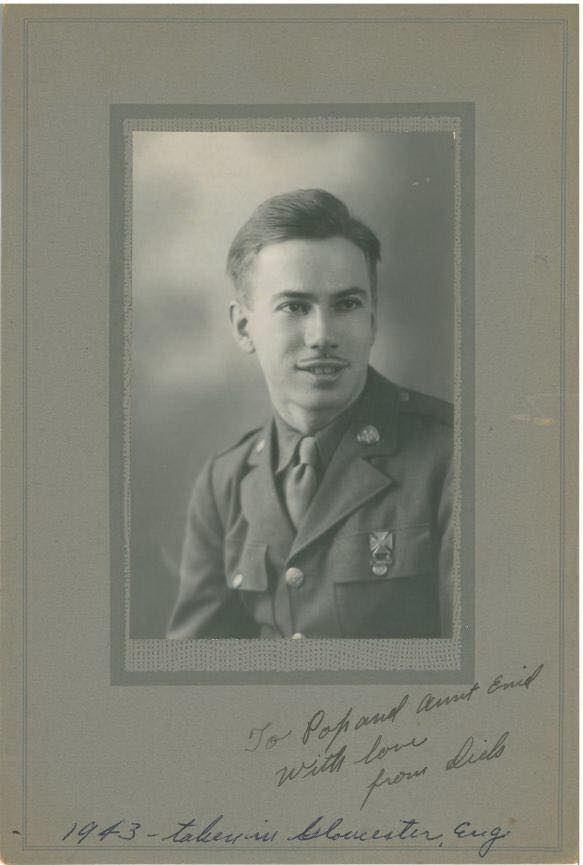
Staff Sgt. Richard H. Hobbs, 1943
My dad was stationed in Gloucester, England for 18 months, but saw a lot of southern England as he transported troops and supplies. He said that many roads were lined by stone walls and hedgerows, and were really too narrow for the big trucks, but they had to make it work. He thought there was probably some ruined landscaping after the big 6×6 vehicles rumbled through.
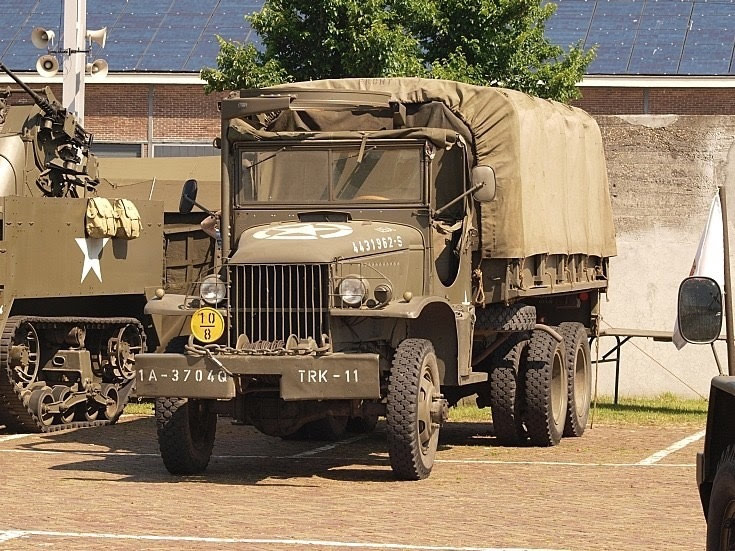
Restored GMC 2.5-ton truck from 3704th Quartermaster Truck
In May 1944, my dad’s unit, the 3704th Quartermaster Truck Company, was sent from Gloucestershire down to the coast city of Torquay in Devon to prepare for Operation Overlord. He knew that an invasion was coming, but of course had no details.
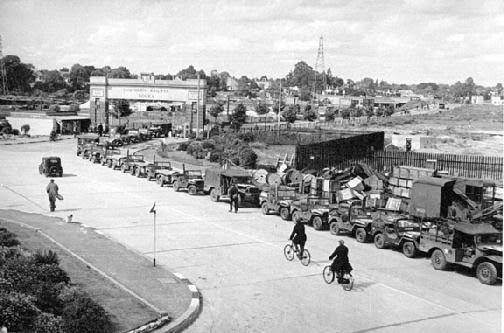
Vehicles lined up for boarding on ships, Torquay, England May 1944
The first week of June, the drivers lined their trucks up to board a landing craft to cross the Channel. The craft was flat and completely open; even in good weather a Channel crossing would be rough. The weather June 4 was good; June 5 and 6 was awful – stormy, windy and rainy, The men on the ferry piled into the trucks to get out of the weather; many were terribly seasick.
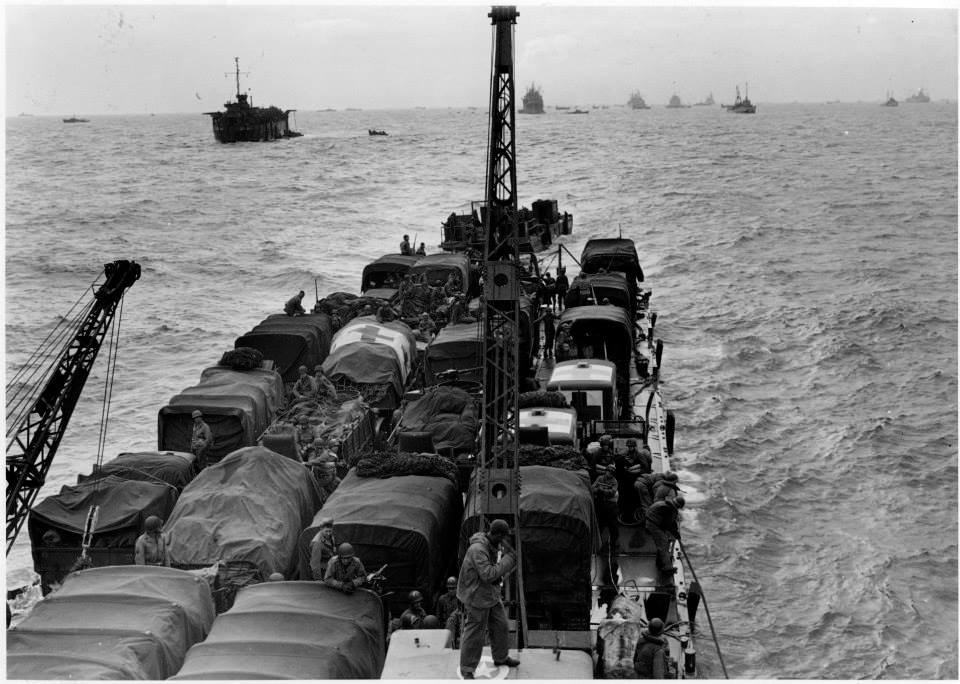
GMC 2.5-ton trucks on Rhino ferry crossing the English Channel
The morning of June 6 the drivers stood by their trucks, waiting their turn to go ashore. They could hear the naval bombardment and knew the invasion had begun. The weather was so bad they couldn’t see Omaha Beach even in daylight. Four hours after the invasion began, the crew started the outboard motors on their Rhino, and motored them as close to the shore as possible. The trucks streamed down the ramp, into the surf, and chugged to the shore. My dad landed on Dog White or Dog Red – records indicate his company came ashore on both sections.
There were only two truck companies on Omaha Beach on the morning of D-Day. From United States Army in World War II. The Technical Services. The Transportation Corps: Operations Overseas, “On D Day two Quartermaster truck companies, the 3704th and the 4042d, landed on OMAHA Beach only a few hours after the assault wave” (p 283).

Omaha Beach June 6, 1944
Omaha Beach was still an active battlefield when the trucks hit the beach and headed across the sand to the headlands. The 2.5-ton trucks with their 6-wheel drive navigated the sand without getting stuck. The trucks carried fuel, food, ammunition and medical supplies.
This began several weeks of offloading materiel from landing craft and leaving it in designated spots that became supply dumps where units could procure supplies they needed. The trucks would then circle around and be refilled again. Trucks had a driver and assistant driver, and ran 24-hours a day to support troops moving into France.
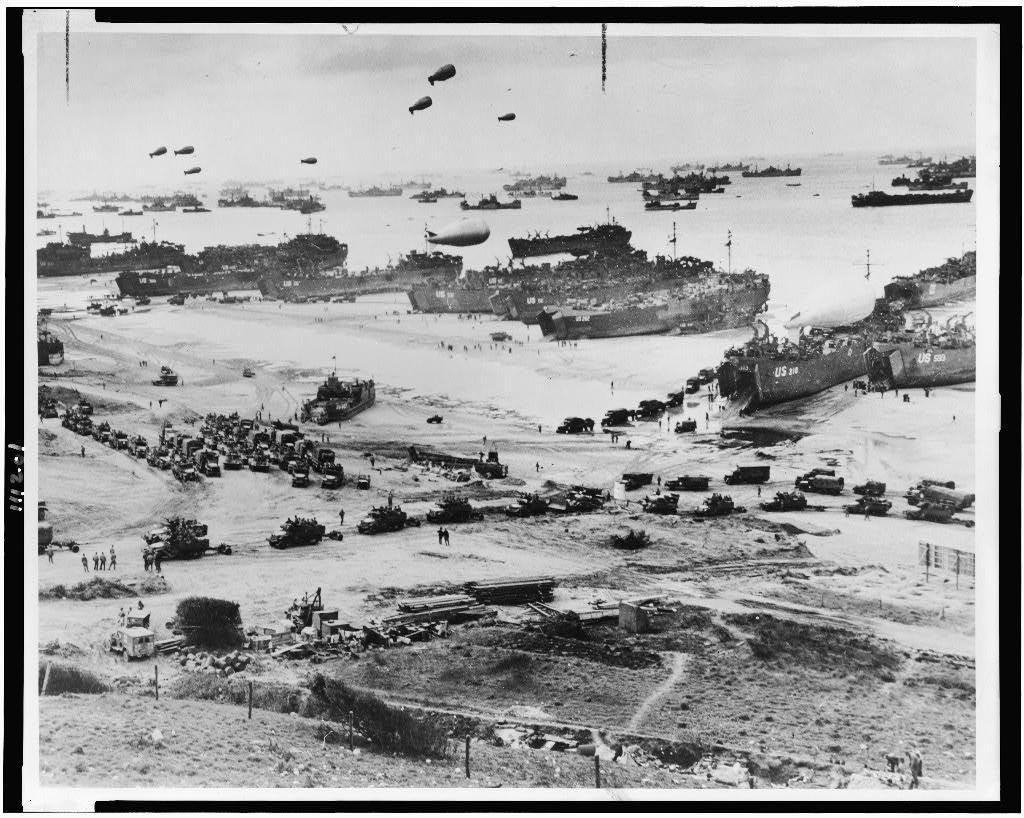
Omaha Beach summer of 1944
During this time, the 3704th QM truck company bivouacked in an apple orchard near the shore. My dad had studied French in school, and was able to communicate with the owners, whom he said were a very nice couple with a young son. A week after D-Day, on June 14, my dad turned 27. I think he aged a lot in that week.
Having been a part of the 29th for several years before the war, he knew men in the 116th Infantry Regiment who had preceded him onto Omaha Beach and died that day. My dad spoke of some of his experiences during World War II, but he never spoke of D-Day, even 40 years later.
He did say that when he was growing up, he wanted to learn French and visit France. I think that he had an ocean liner and passport in mind, not a 2.5-ton GMC with a .50 caliber machine gun mounted on top.
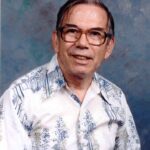
Richard Hobbes, 1985
Melissa has been at GCMF since 2019, and previously was an academic librarian specializing in history. She and her husband, John, have three grown children, and live in Rockbridge County with two large rescue dogs. To keep up with Melissa, follow her on Twitter @melissaslibrary
